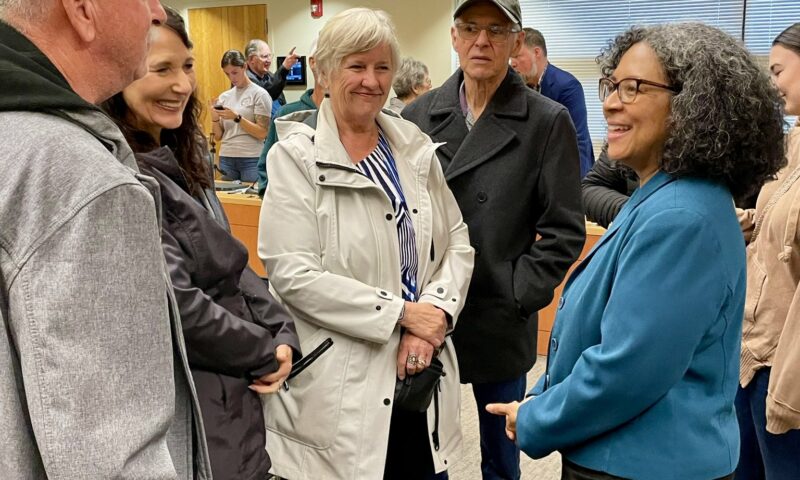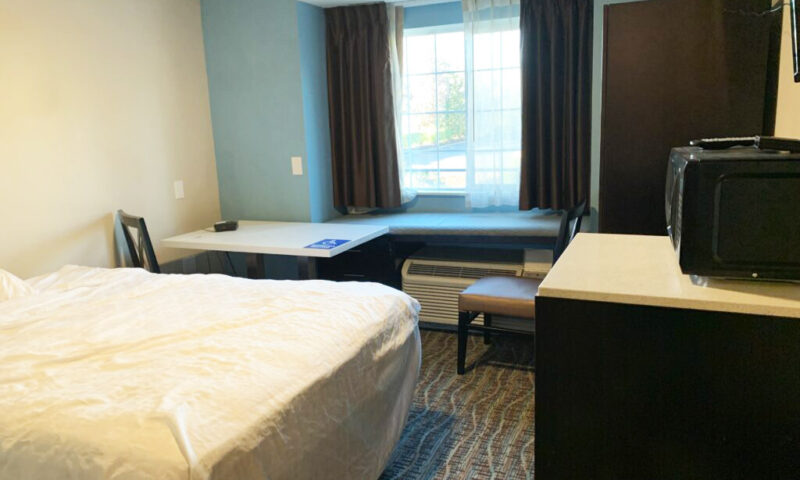More older adults may qualify for property tax break
Pierce County landowners found out last month what they owe this year in property taxes. And some older homeowners may find it easier to pay.
Property tax statements were mailed the week of Feb. 12 by the county assessor to 175,000 owners of residential and commercial land and buildings in Pierce County. For homes whose tax is paid through a mortgage escrow account, the statements went to a bank or mortgage company. Along with first-half payments being due April 30, the bottom line for all is that real estate values were almost level compared to the previous year, and the average property tax rate increased to $10.10 per thousand dollars value, which, by further comparison, is 37 cents higher than it was ln 2013.
Any “significant” tax increases affect owners whose property is “in areas where voters approved new levies,” Assessor-Treasurer Mike Lonergan said. “This year, we see moderate increases in the Gig Harbor peninsula, Fircrest, and Key Peninsula.”
He said the largest decrease was 10 percent in Fife due to the end of a school bond, followed by smaller reductions in Spanaway, Eatonville, Puyallup, South Hill and Steilacoom.
Effective this year, homeowners older than 61, and those who are fully disabled at any age, may qualify for a property tax reduction if their household gross income is under $64,000. The previous income limit in Pierce County was $45,708. Lonergan said the “big increase” in allowable income “will allow thousands more taxpayers to qualify for a partial tax exemption.” Information on applying for the reduction is available from the assessor-treasurer at piercecountywa.gov/atr and 253-798-6111.
Annual property taxes are determined by multiplying property value (in thousands of dollars) by the combined rate of all taxing districts where the property is located. Unless there is a vote of the people, most taxing districts are limited to receiving 101 percent of the previous year’s property tax revenue, plus any taxes resulting from new construction in their area.
The state and local levies for schools make up 58 percent of all property taxes in Pierce County. The cities and county (including the road district) account for about 19 percent, followed by fire districts at about 12 percent. The total tax bill countywide is $1.93 billion this year, and as in past years, the revenue will pay for city and county governments, fire districts, emergency medical service, parks, Pierce County libraries, roads, Port of Tacoma, Sound Transit, and flood control.
The second half of tax payments are due Oct. 31.

